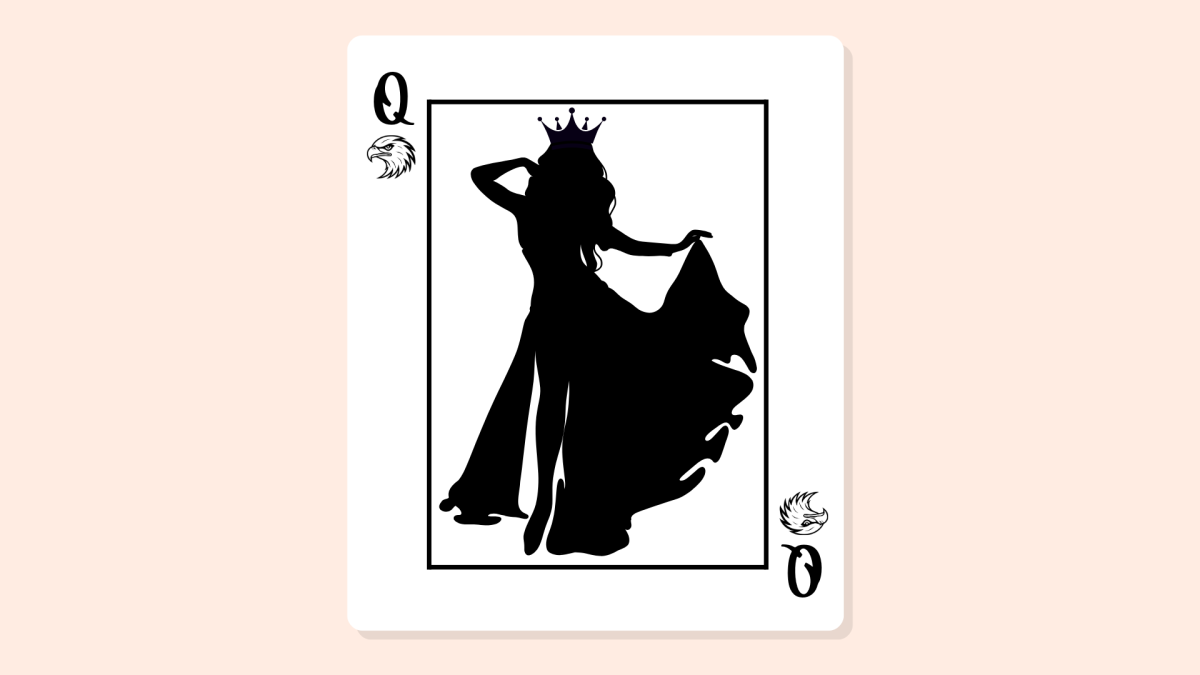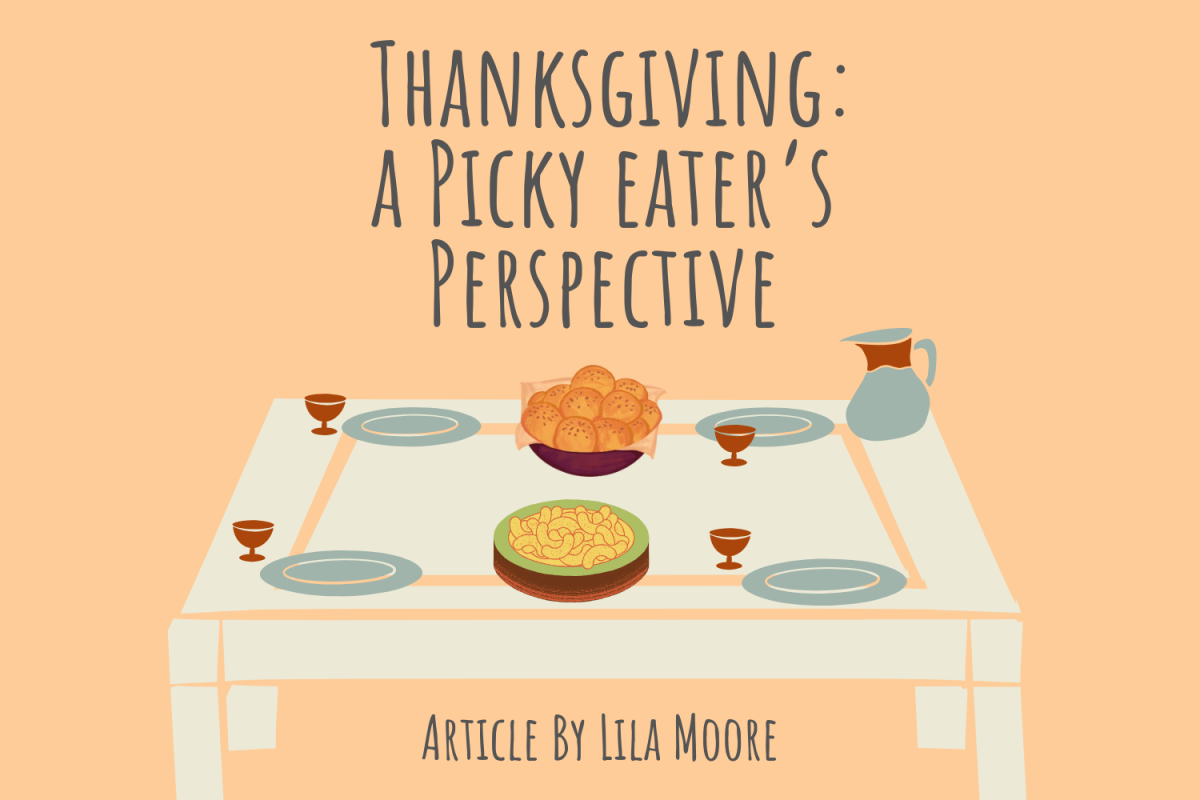Body image is a dark side of the dance world. For centuries, dancers have been held to a certain physical standard, which has hurt both the well-being of the dancers and the art form itself. The ideal body image for dance for several generations has been slim, long-limbed, small-framed, and white.
For dancers, body image has been deeply intertwined with eating disorders. Dancers are frequently subjected to intense pressure to maintain or achieve such standards. This can lead to unhealthy behaviors, including dieting, excessive exercise, and the development of eating disorders. Eating disorders are a prominent, incredibly harmful effect of this pressure and expectation put on women, but the effects burrow much deeper. The dance teachers themselves play a huge part in this culture, the cycle of the past will continue as long as the teachers allow it. Not all teachers will, though.
A certain body standard has been deeply ingrained in the dance world. Young dancers are criticized their entire lives on their bodies; it just doesn’t start at the professional level. They are constantly reminded that as they grow, they should strive to maintain a slender physique, possess sufficient muscle for graceful leaps, ensure their torso remains petite without revealing their rib cage, and conform to a height that is neither too short nor taller than their male counterparts.
These standards and expectations do not come from nowhere. Many dance teachers work hard to integrate these standards into their students’ heads. Dance teacher Caitie Reece not only lived this reality growing up but has now been given the opportunity to change it. While, to her, some of the focus in the dance world has shifted from how you look to what you can do, the true nature of the beast will never truly change. The obsession that dance can become in your life is daunting, whether it’s the way you look or what you can do. Reece admits to living it.
“This was me in high school.” Reece shares. “I danced at least 20 hours a week and when I wasn’t at school or at the studio, I was in the gym. It took a significant injury between my junior and senior year in high school to realize that while I was hyperflexible and thin, I was not strong enough to support my flexibility.”
In the New York City ballet, the dancers are not allowed to gain five to six pounds, making them focus on their food intake at an unhealthy level. The Rockettes, while somewhat relaxed their height requirements, still excluded dancers based on their appearance. Dance costumes that professional companies keep come in an incredibly limited range of sizes, and those sizes are small. In the world of professional dance, the concept is quite simple: if you don’t fit, they will cast someone else. To ensure that the dancer stays at the so-called “correct” size, most companies have weekly weigh-ins. Some teachers ingrain these practices in their young students to “prepare them for the professional world.” Growing up being reminded of this every day will go to a dancer’s head, no matter how much they make the effort to fight it. Many of these characteristics are beyond the dancer’s control, yet the constant reminders push dancers to seek a sense of control over their bodies and their destiny.
This issue also impacts the art of dance itself. The intense focus on body aesthetics can limit the diversity and creativity within dance, as dancers may shy away from pursuing the art form due to concerns about their body image. This deprives the world of dance of potential talent and restricts its ability to evolve to changing societal norms and values. Ballet has this standard that modern dance may not, but that doesn’t equate to different body types being accepted.
So many dancers develop eating disorders to try and “fix” their bodies. Eating disorders trap your brain into this way of thinking. Your brain is telling you “If you don’t eat that, your leotard might look better.” “You might get the starring role if you can suck in more.” “If I don’t eat dinner tonight, maybe I will be small enough to be chosen for that lift.” The importance of this issue lies in the potential harm it causes to dancers’ physical and mental well-being. The relentless pursuit of a particular body image can result in a range of health problems, including malnutrition, fatigue, injuries, and psychological distress.
Change in the dance world may not come soon, but progress has been made. Dance is incredibly physically demanding, so with that does come a needed build. The build is muscular as opposed to the previously considered “as thin as possible” standard. To be truly successful, dancers must be comfortable with how they look. Staring at a mirror all day either provides the confidence to perform or destroys it. The pre-set expectation that one thinks of when a dancer comes to mind is based on history, but new history forms every day. Reece has watched a change in her classroom, but one well-supported group of dancers doesn’t represent the whole industry.
“I don’t see the industry and ballet standards changing very much in my lifetime,” Reece states. “I think it will continue to repeat history in that there will always be dancers with body dysmorphia, there will always be dancers who are super type A and will do whatever it takes to be the best, and those are the ones that will truly succeed in whatever line of dance they choose to go in. That is the thing I love about dance…there truly is a place for anyone. You just need that one person to point you in the direction you need to go in.”
































































